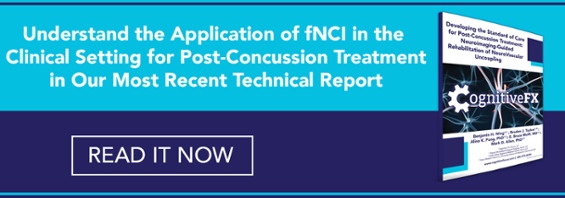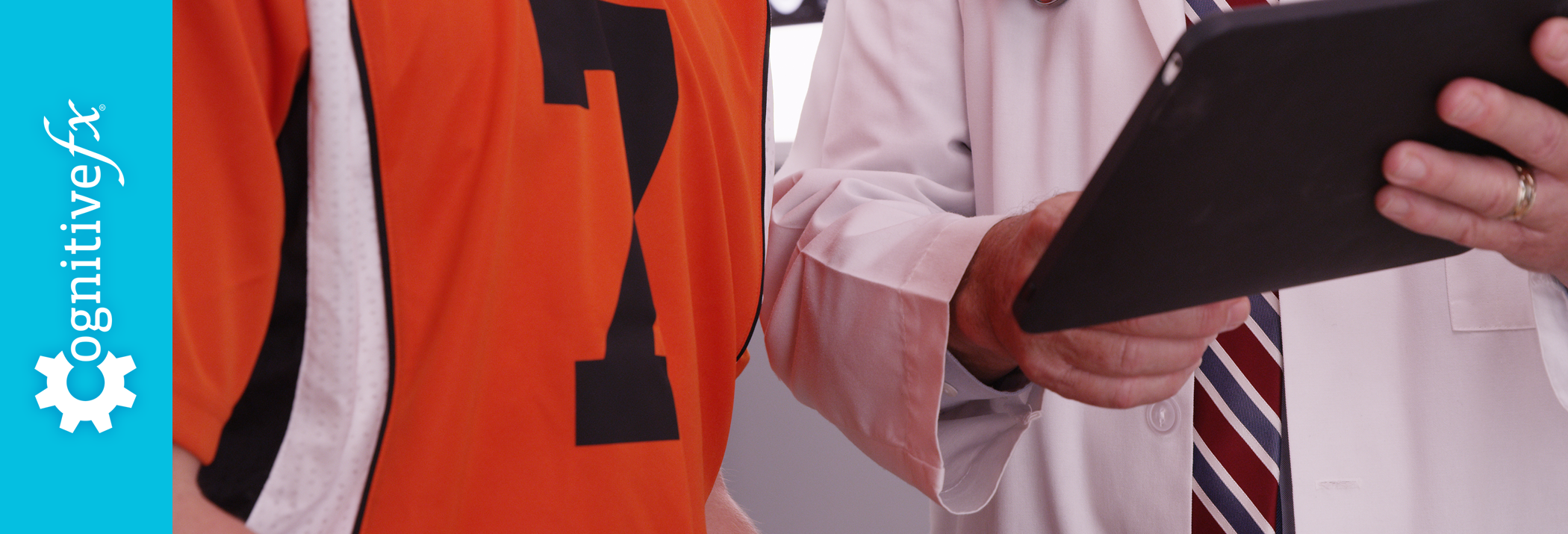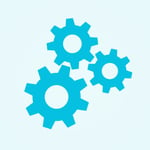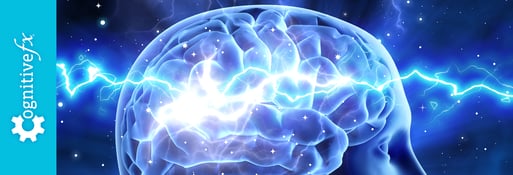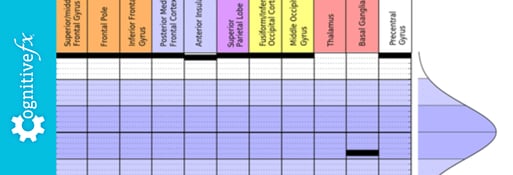Computerized Concussion Tests
As concern about sports concussion has continued to rise over the last few years, there has been some hope that large-scale baseline testing, such as computerized cognitive tests, would help teams, schools, coaches and parents. The hope was that baseline tests could help athletes avoid some of the more serious consequences of multiple concussions. Computerized baseline tests or concussion testing is relatively cheap and can be used to test a large number of athletes in a short amount of time. But recent studies are showing that we need to use more than baseline tests to understand the influence of concussion.
Problems
While we don’t single out any specific commercial baseline test, several recent scientific studies have shown that there are major weaknesses in the basic approach to computerized concussion tests. Two problems stand out in particular.
First, results from the tests are strongly influenced by things other than a concussion, such as distraction, fatigue, and motivation.
Second, most athletes want to get back in the game as soon as possible after a concussion. Players at all levels are motivated to play every game as much as they can. If not, another player is likely to take their place on the team. Most athletes know that if they simply do bad on purpose on the initial baseline test, that if they do get a concussion later, their score won’t look as bad in comparison. Even under the best conditions, when these two problems are minimized, researchers have found many further issues of unreliability.
Uniqueness
The brain is complex—the most complex entity in the known universe. Concussion, also, is a complex phenomenon, with dramatic variation from one person to the next. There is no quick and simple way to diagnoses concussion; nor is there a ‘one-size-fits-all’ solution for return-to-play decision making. Making computerized concussion testing challenging to completely assess the effects of a concussion.
Best Practice
Obviously, the best way to assess a concussion is to look at the brain. Until recently, there hasn’t been a way to observe the full effects of concussion using a brain scan. The fNCI (functional NeuroCognitive Imaging) procedure, however, now provides a way to image concussive effects accurately and reliably.
The power of the fNCI is that it identifies concussion neuromarkers in the brain with high confidence. These neuromarkers are rarely present in people without a concussion and they disappear with effective concussion treatment. By looking directly at brain activation and brain function, it is possible to rule out other problems, like lack of motivation or fatigue, when evaluating concussion. There is simply no better way to assess concussion—and there is no other way to gather as much crucial information about any one person’s brain to make such important decisions about an athletes return to play and life.
